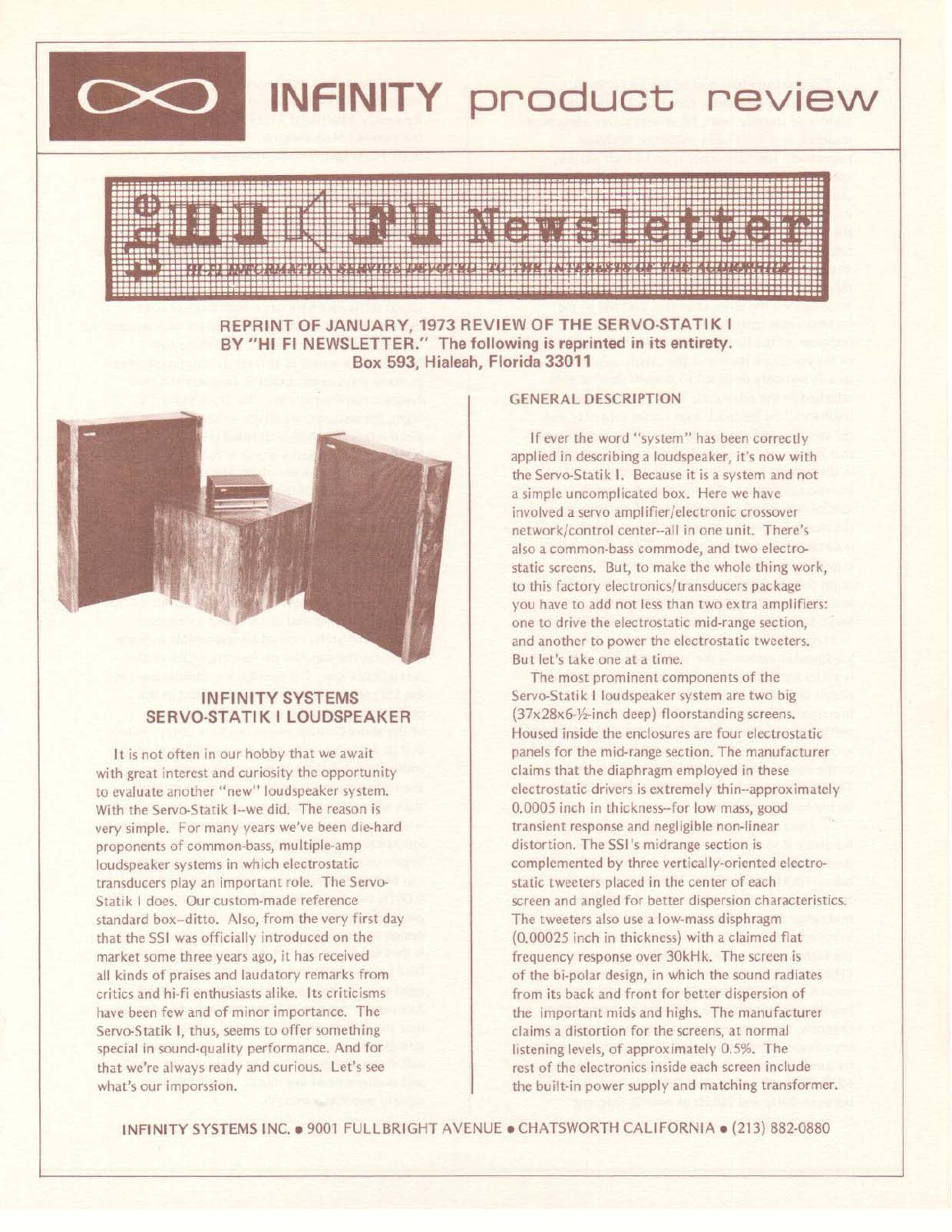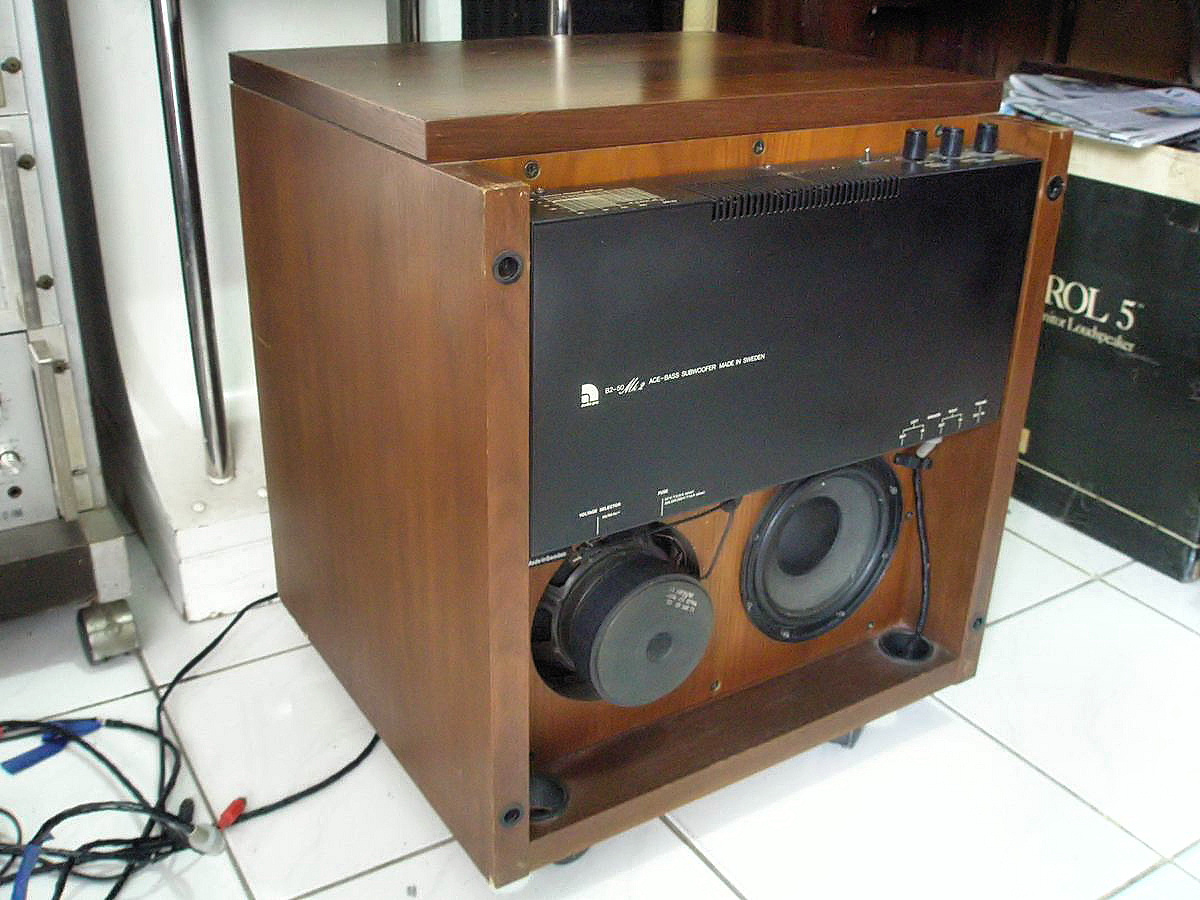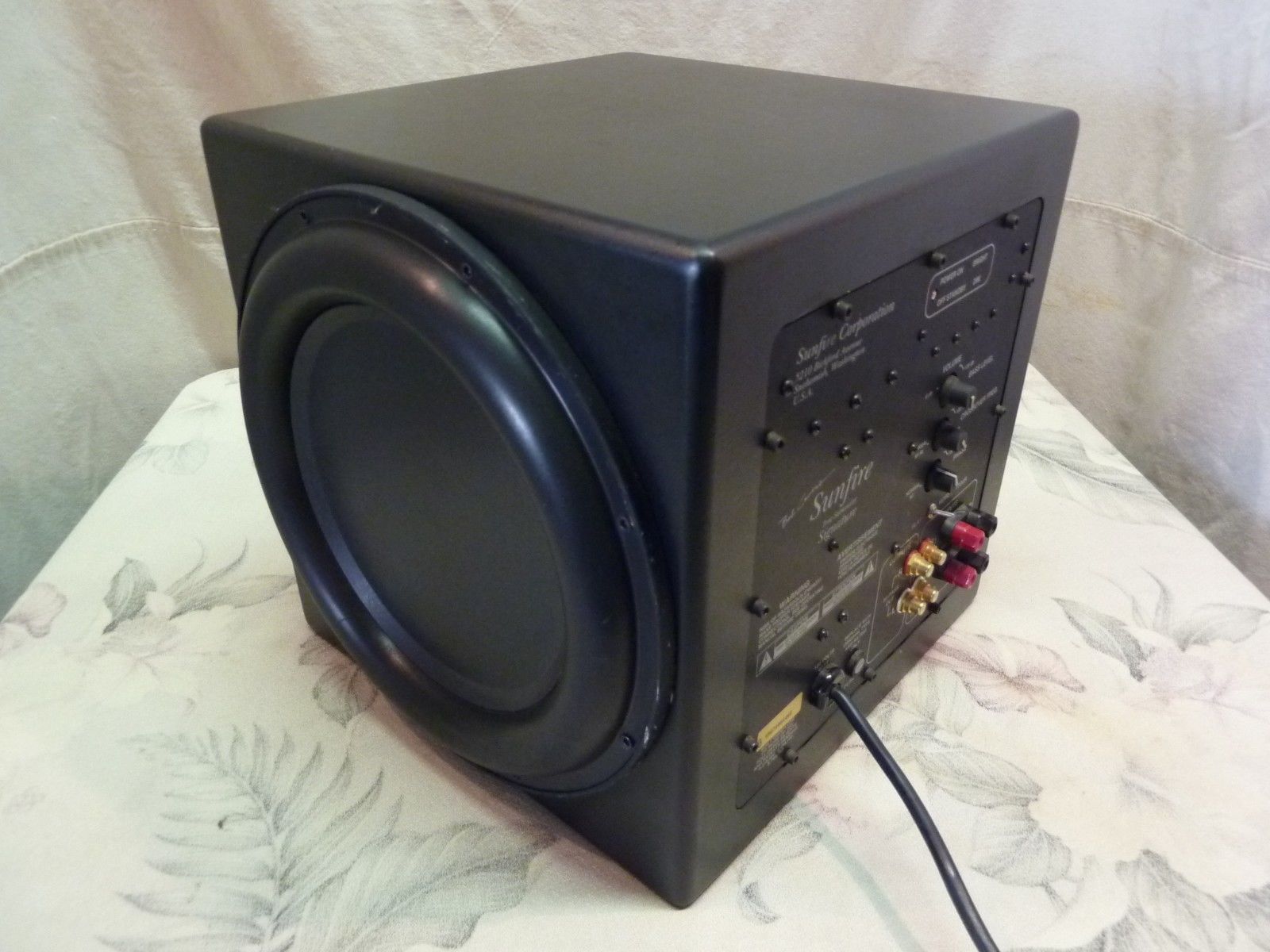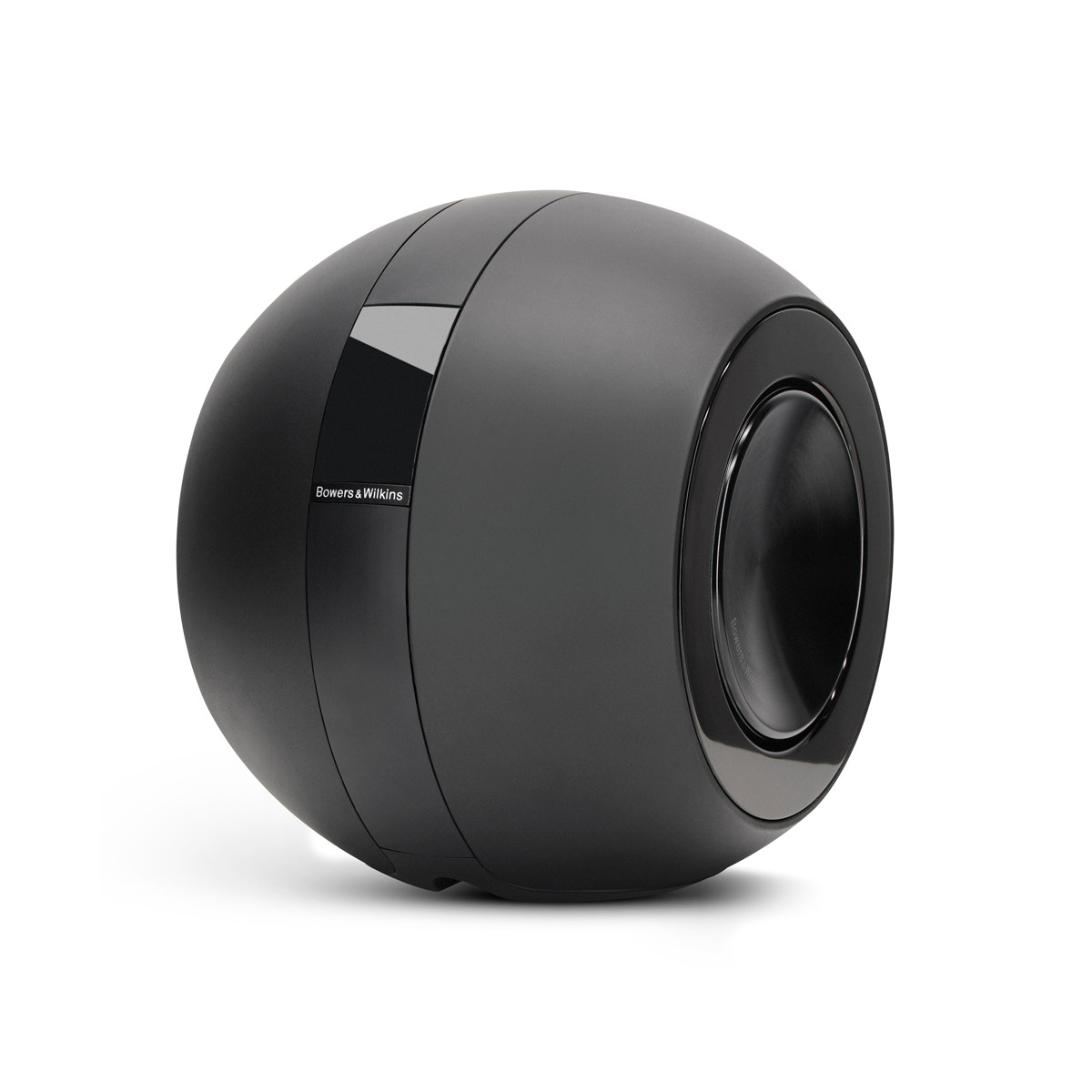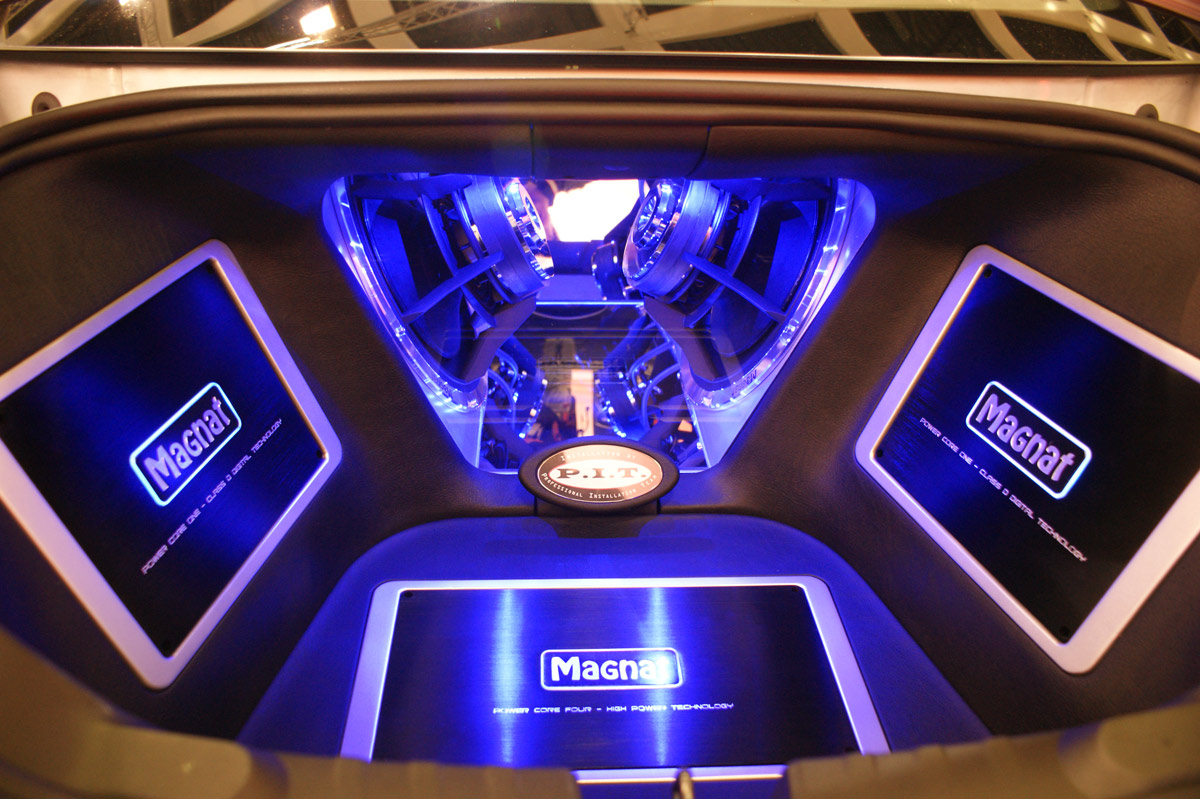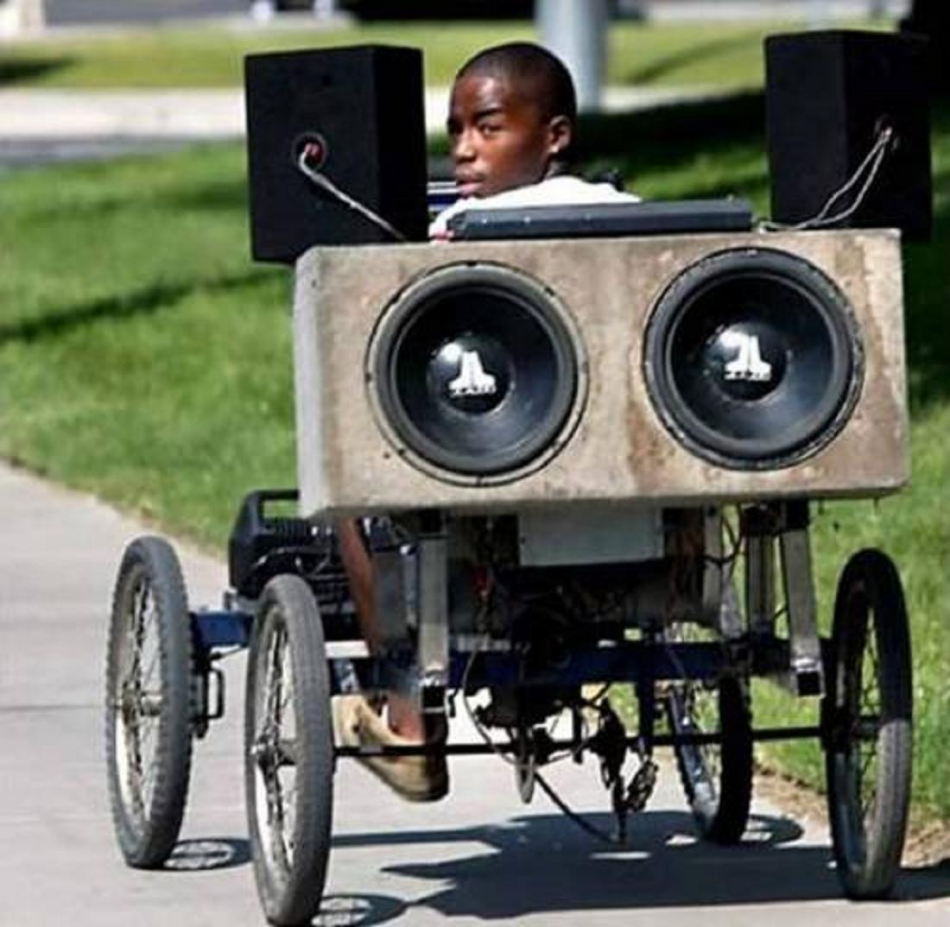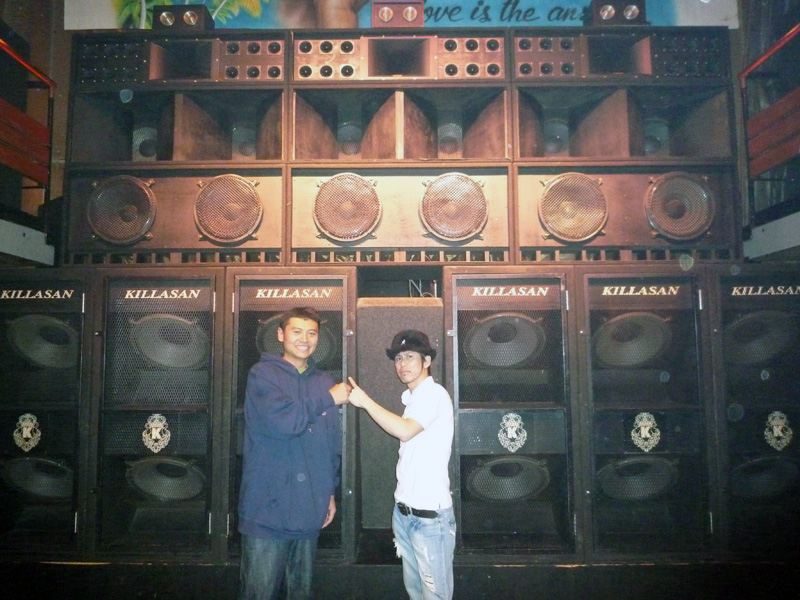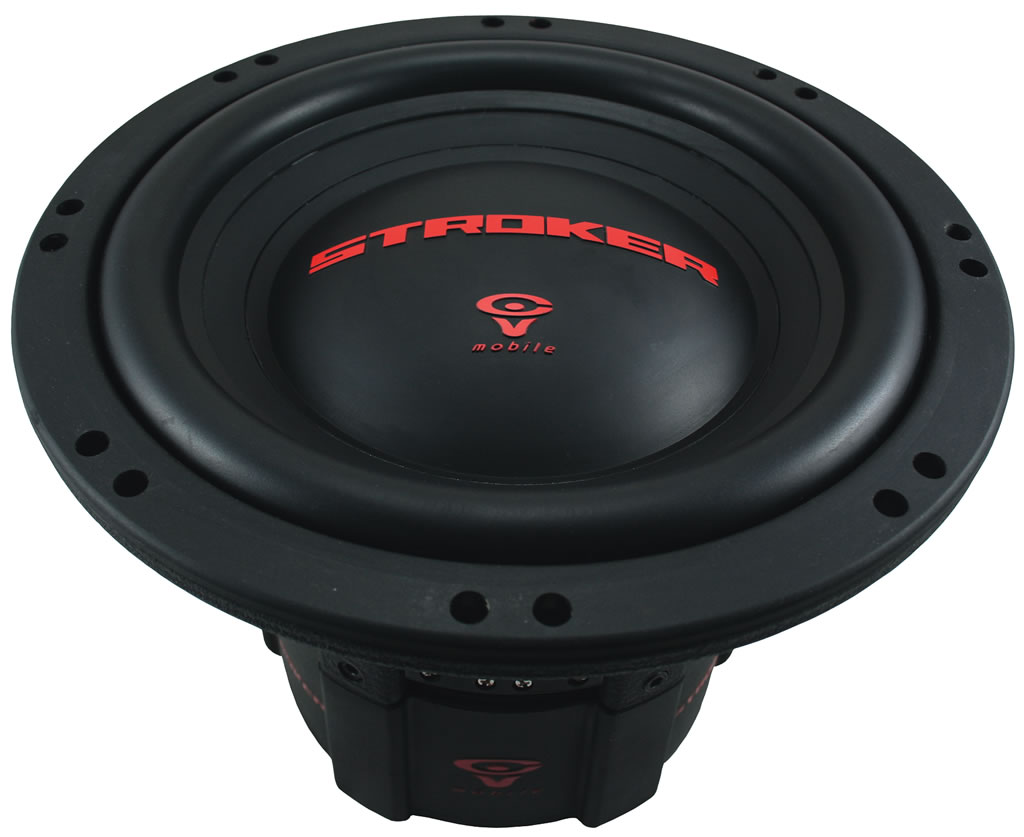“What IS it with you men and bass?”
The question from my better half came as a surprise, because I actually consider myself to be both balanced and sensible. Okay, maybe I’m alone in that assumption. But I certainly didn’t know of any global masculine conspiracy to drown the world in bass.
But on reflection, she was right. There IS something about bass and masculinity. Who is the most manly: A 150kg tenor or a light weight baritone? A Ford Mustang with a 5-litre V8 engine or a practical Fiat Punto? The deeper the voice, the more authority.
The Cerwin-Vega S1 strove to break away from the company's reputation for making brash and noisy speakers. Thus making them the perfect fit for the man cacves of nostalgic hi-fi nerds.
Similarly, the measure of masculine prowess can be gauged by the amount of bass the system can deliver. That’s why the first bachelor stereo should consist of as many and as big Cerwin-Vega speakers as possible. And even after many years as a self-confessed hi-fi enthusiast, I regularly check the second-hand columns of newspapers and online auctions. Just in case a set of S1s in good condition turns up!
Thus spurred on, we went in search of proof of the claim. And here we have to confess: Even though the everyday quest is to achieve the highest credibility in the system, nothing speaks to the emotions quite like the sight of large bass units and the experience of being properly shaken in the home theatre.
Historic bass
The subwoofer is known by many names. The idea of leaving the reproduction of the deepest tones to a separate speaker has been particularly popular in recent years, where the subwoofer has made it possible to make the main speakers correspondingly smaller. However, the world’s first commercial subwoofer speaker system was anything but discreet. It was the Infinity Servo-Statik 1 from 1968, which consisted of two hefty satellites with electrostat panels and an even heftier subwoofer driving a modified version of Cerwin-Vega’s 18-inch Stroker bass driver.
While the Servo-Statik system was reserved for the high-end of the time, Swedish Audio Pro made the subwoofer accessible to most people with the B2-50 in the late 1970s. By conjuring servo steering and negative output impedance amplifiers, two modified 7-inch Philips bass units were able to produce a sound pressure level at 20 Hz of over 100 dB in a normal living room.
In the 90s, it was American Bob Carver’s turn to reinvent the subwoofer by creating the Sunfire True Subwoofer – a 27 cm cube with a 10-inch woofer and two passive radiators. Thanks to an inventive approach to the laws of nature and a built-in 2700 watt amplifier, the cube was able to produce a sound pressure level of 110 dB at 20 Hz.
Today, there is no shortage of subwoofers. Even the cheapest PC or home cinema system from the supermarket includes a sub. Often equipped with a 5-inch driver locked away in a box of a few litres. Fortunately, there are plenty of serious options as well. One of the more unusual ones, however, is the British Bowers & Wilkins PV1D, which with two 8-inch units and a 400 watt digital amplifier in a 35 cm spherical cabinet reaches down to 7.5 Hz (-3dB)!
Famous woofer
The Cerwin-Vega Stroker is one of the few woofers that can be called famous. The 18-inch unit was used in the Sensurround sound system applied in cinemas for films such as Earthquake and Battle of Midway, where cinema-goers were rocked by subsonic tones at sound levels of 110-120 dB. Although the Stroker device is approaching 50 years old, it is still being manufactured. In the meantime, however, car and professional versions have been added to the repertoire.
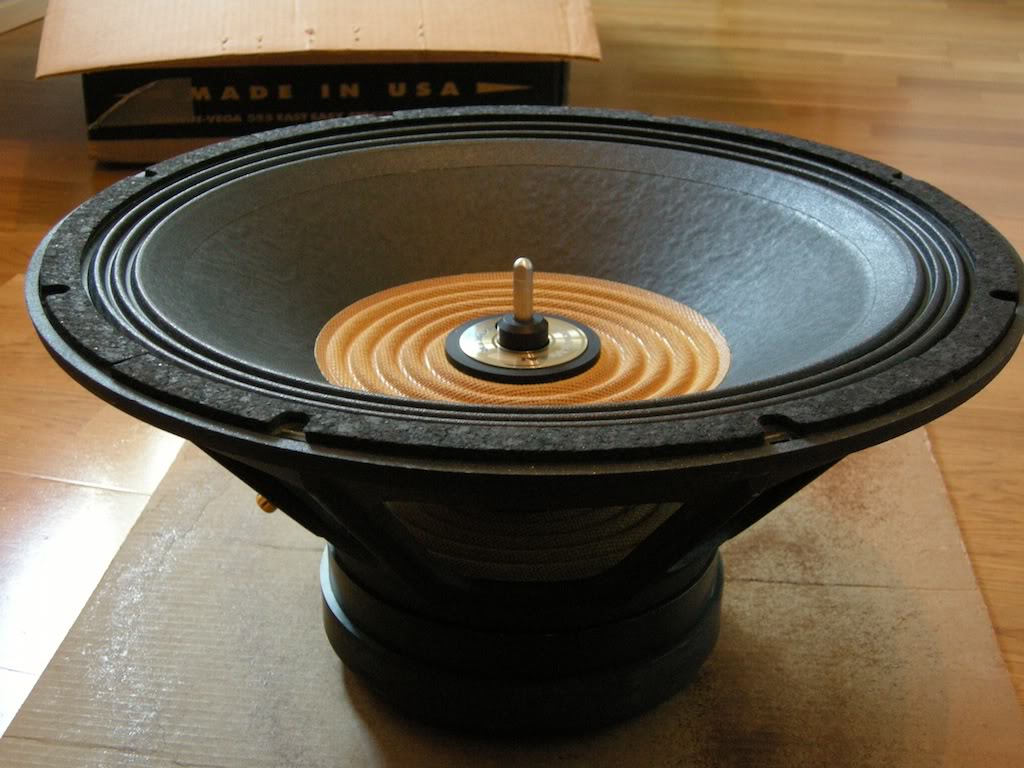
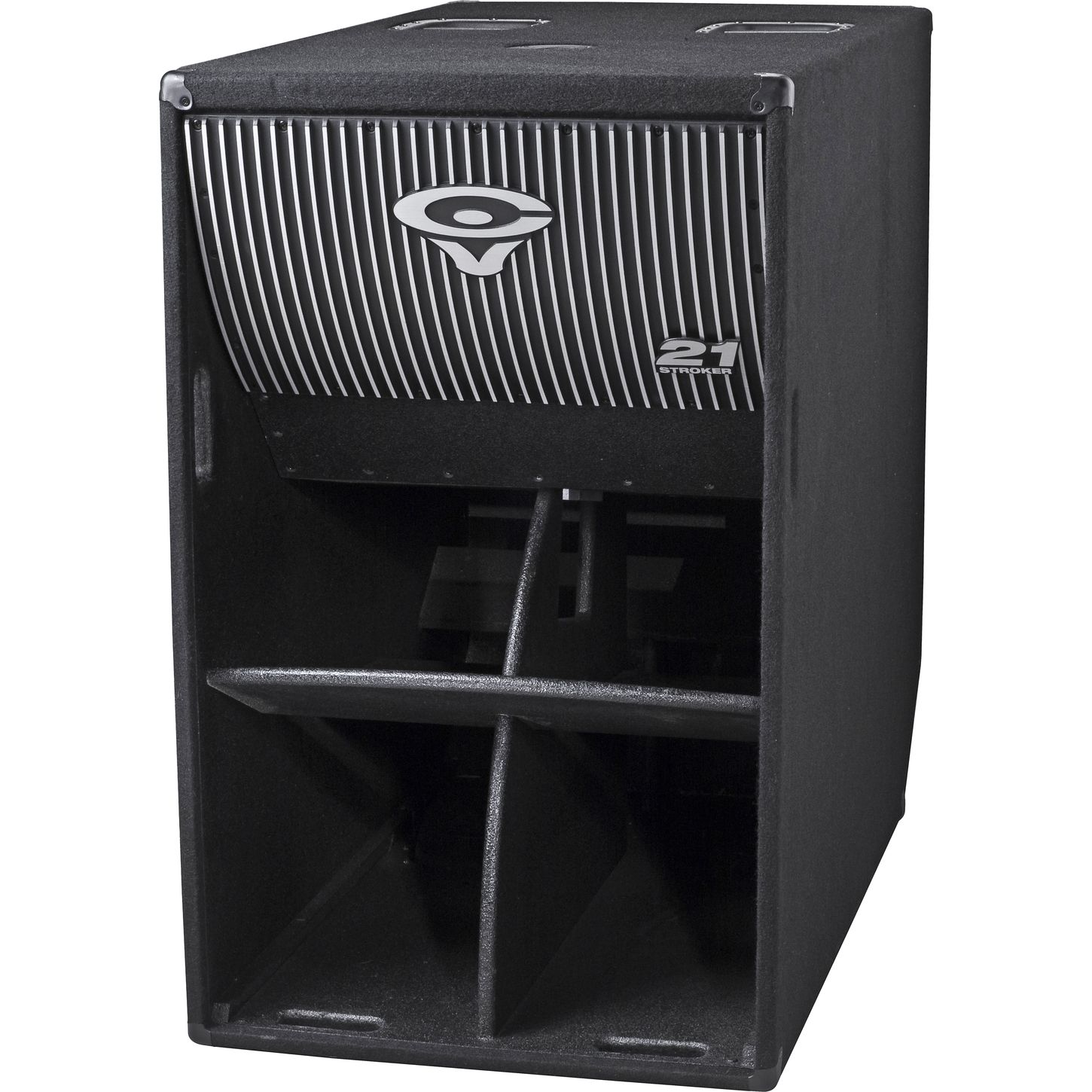
Bass on wheels
But the biggest bass cannons are not to be found in the living room. For most of us, the hi-fi system has to go through a screening process where the WAF (Wife Acceptance Factor) – and in fortunate cases, the sound quality – has something to say. And if you live in an apartment, you’ll also have to take your neighbours into consideration. So if you want the most bass, you need to get out into the real world, where men can be measured by the size of their subwoofers.
British-American IMF utilised the rare transmission line principle to shake listeners at their foundations.
The fact that bass is what it’s all about can be seen in the names that car stereo manufacturers stick on their products: Xplod, Monster, Stroker Mobile, Premium or – to put it straight to the point – Eros Hammer 5.2K!
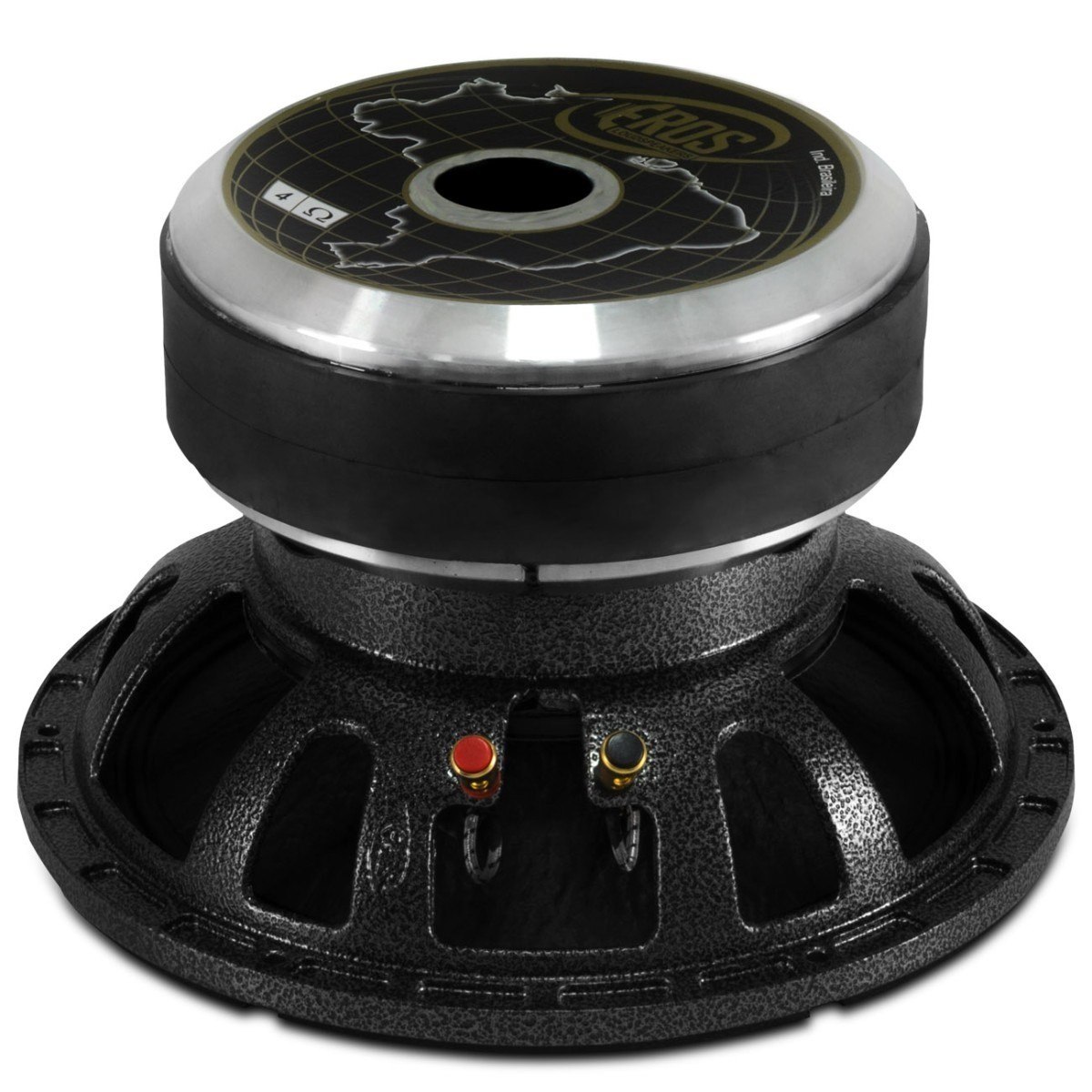
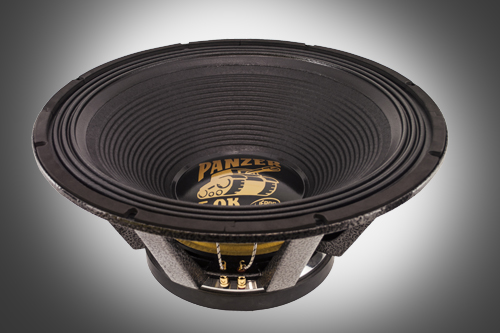
dB Drag Racing
dB Drag Racing is a battle of sound pressure in the car stereo. It’s not uncommon to find cars where everything but the passenger seat is occupied by woofers and the power output is measured in the tens of thousands of watts. When a system like this is unleashed, the roof and doors ripple like an ocean. Remote control is a good idea here, because the sound pressure in the cabin is absolutely hazardous!
The competition does not use music, but a 30-70 Hz sine sweep.
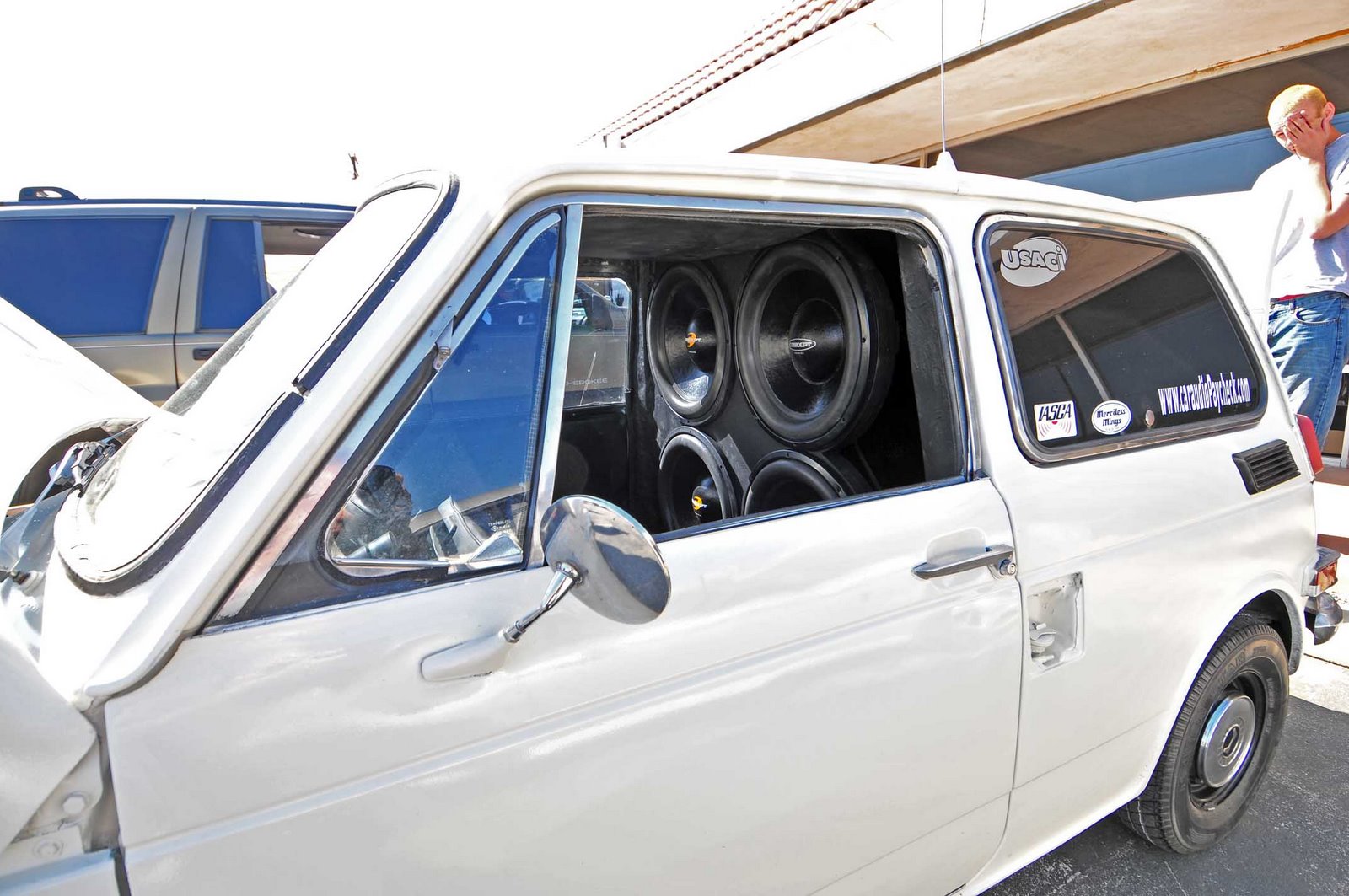
The devil’s pipe
The bass fascination is not a recent phenomenon. Hundreds of years before electricity, monks were whispering about la boite diabolique – the devil’s pipes. Organ pipes with diabolical properties.
The deepest 32 foot long pipes on a full-grown church organ are usually capable of producing a 16 Hz tone, where the sound can no longer be heard but felt. There are exceptions, however, where you really have to suspect the Devil of having had a hand in the organ playing. These are not found in churches. The organs at Sydney City Hall and Boardwalk Hall in Atlantic City, New Jersey, contain 64-foot pipes that can go down to 8 Hz.
It’s hard to say what the idea behind the extreme pipes was, because only the overtones are heard. The fundamental note itself is simply present in the room as an oppressive sensation. The organ in Boardwalk Hall is even able to simulate a 128 foot pipe by combining the sound of 64 and 42 2/3 foot pipes – producing a 4 Hz tone. Or rather: It WAS capable of it. Today, the majority of the 33,114 pipes in the gigantic organ are out of service due to lack of maintenance. Devilish!
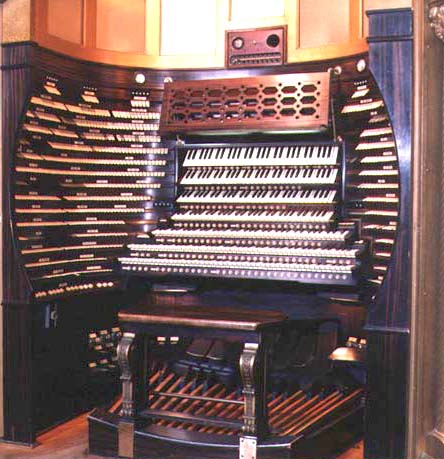
Military walk-in subwoofer
The wildest regular subwoofer is built by American Danley Sound Labs from Gainesville, Georgia, who have produced the world’s largest portable subwoofer, called Matterhorn. The thing is built into a 6 metre container, where the forty sub-bass units are powered by an amplifier park totalling 40,000 watts. Tom Danley says that the Matterhorn is linear from 80 to 15 Hz, and just 3 dB down at 12 Hz, and that the subwoofer can generate a sound pressure of 160 dB at the opening (or 105 dB at a quarter of a kilometre). “It can knock over a Honda Civic,” he says.
Who ordered such a thing? The military, of course, to experiment with long-distance sub bass projection. The Matterhorn subwoofer has participated in exhibitions, but has been banned from unleashing its full horsepower due to the risk of levelling the room. Instead, Tom Danley has invited guests to step into the subwoofer and receive a gentle subsonic body massage with 15 Hz tones at a modest 130 dB.
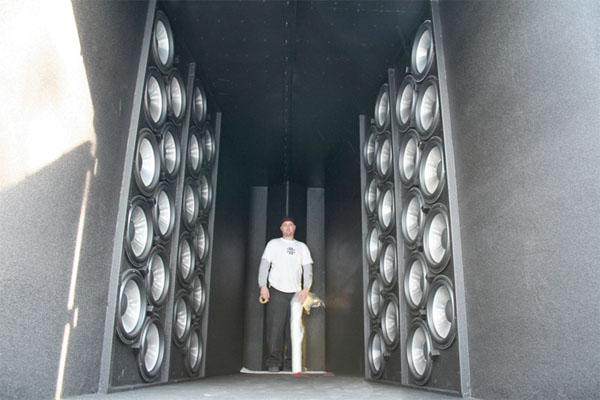
It kicks b…
Few products are as aptly named as the ButtKicker. It’s a so-called sub-bass actuator that moves the armchair or sofa beneath you in time to music and especially to the shaking of the effects track in your home theatre. When the action starts, you feel every gunshot and explosion directly on your body.
In addition to taking the shortcut to the bass-hungry man’s heart, ButtKicker has the advantage of being virtually silent in relation to its surroundings, so neighbours and downstairs neighbours don’t have to listen in as you unleash the horsepower of your home cinema.
With an 80-inch woofer, this is probably the largest subwoofer in the world.
ButtKicker – and similar products – work like the motor system on a loudspeaker. Instead of a diaphragm, the voice coil uses a piston to move the surface to which it is attached. Since it takes a lot of energy to make a full-fat Chesterfield sofa oscillate, the effect is limited. ButtKicker recommends allocating at least 400 watts for this purpose.
You can buy a starter kit consisting of one actuator and a 1900 watt amplifier. But the amplifier can power up to four butt shakers. George Lucas reportedly has four ButtKickers in his personal home cinema.
There is also a gamer version that can be mounted to the frame of an office chair.
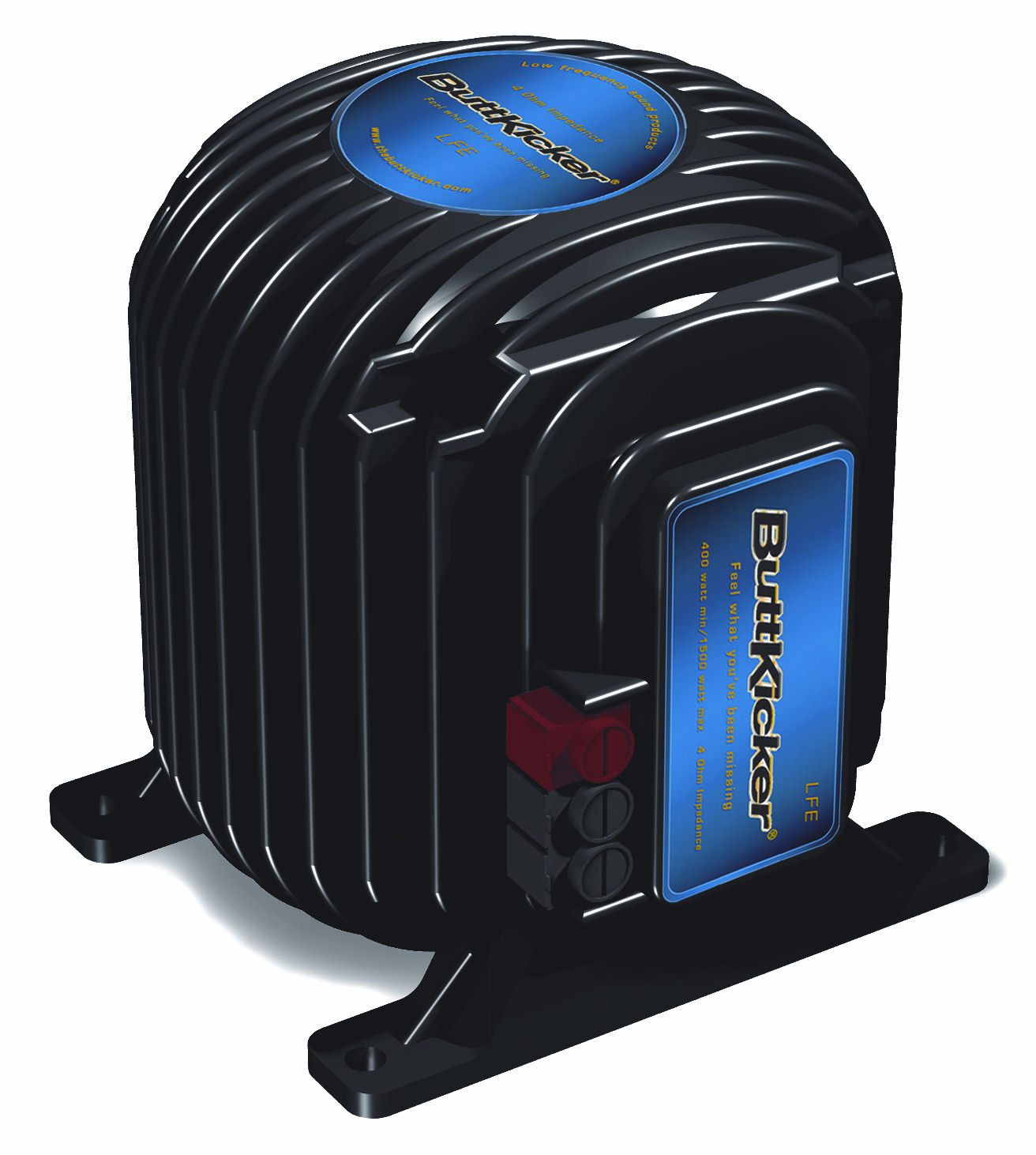
Sound systems
Bass can also be enjoyed with others. In reggae’s home country of Jamaica, the concept of sound systems emerged in the 1950s and 60s. In the beginning, a sound system consisted of whatever speakers and amplifiers could be scraped together. The distortion in per cent was often as high as the power in watts. The systems were mounted on cars and powered by generators to bring music to every corner of the ghetto. The DJ who could play the best music at the loudest volume won.
Initially, the music selection was R&B, but local DJs didn’t stop at American hits, and continued to brew their own music, giving rise to ska, reggae and dub music.
The sound systems live on, and if you go to a music festival, you’ll find sound systems vying to be the best and loudest on the campsite.
One of the most famous sound systems in Europe is the Killasan in Berlin, which was built and imported by a Japanese DJ who later donated it to a record label rather than shipping it back to Osaka.
Forces of nature
If you want to play bass, you need to displace a lot of air. Sound pressure in dB SPL is an expression of the pressure change in the air that the sound produces. And if the pressure is to be kept constant across the entire frequency range, the same amount of air must be moved at all frequencies. This means that when you halve the frequency, the woofer has to move twice as much to maintain the sound pressure, since there are only half as many movements per second.
As a result, subwoofers are either very large or have an extremely long travel – often several centimetres. The latter has increasingly become the solution, as large woofers require very large enclosures.
The price of the long travel is low efficiency, as only the part of the voice coil that is in the magnet gap contributes to moving the cone. This is compensated for with absurdly powerful magnets and amplifiers of thousands of watts.
The recipe for deep bass from small woofers is length of stroke. The Cerwin-Vegas Stroker Mobile has nearly more suspension than cone.

